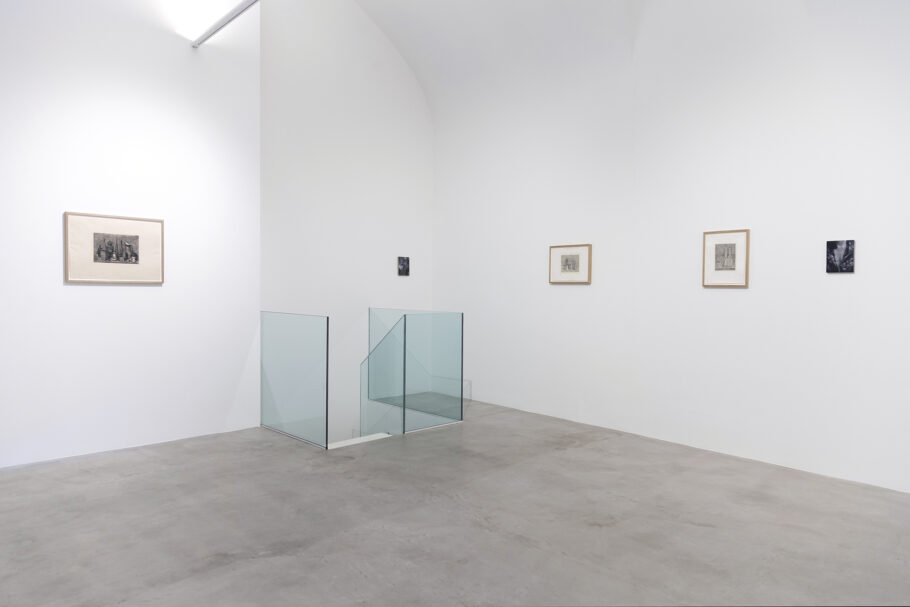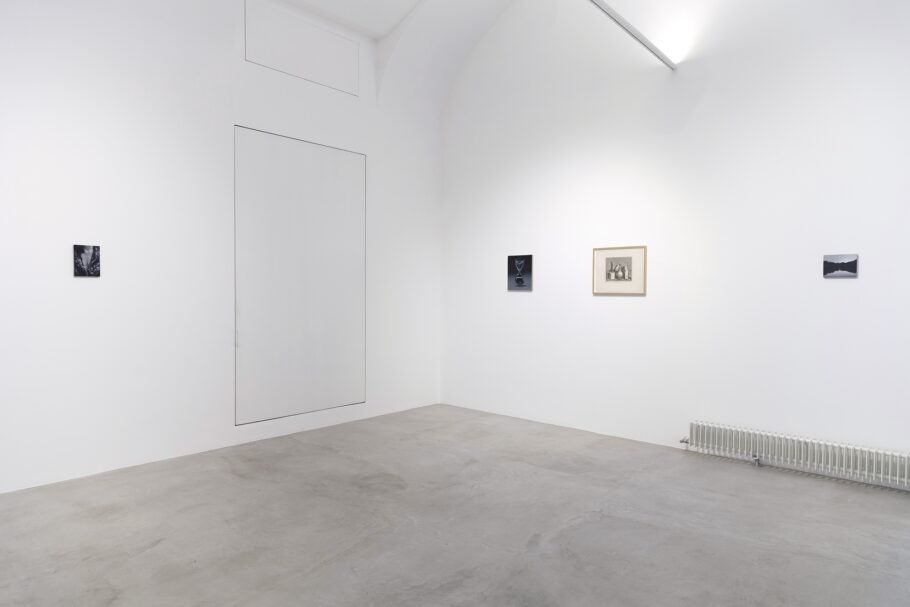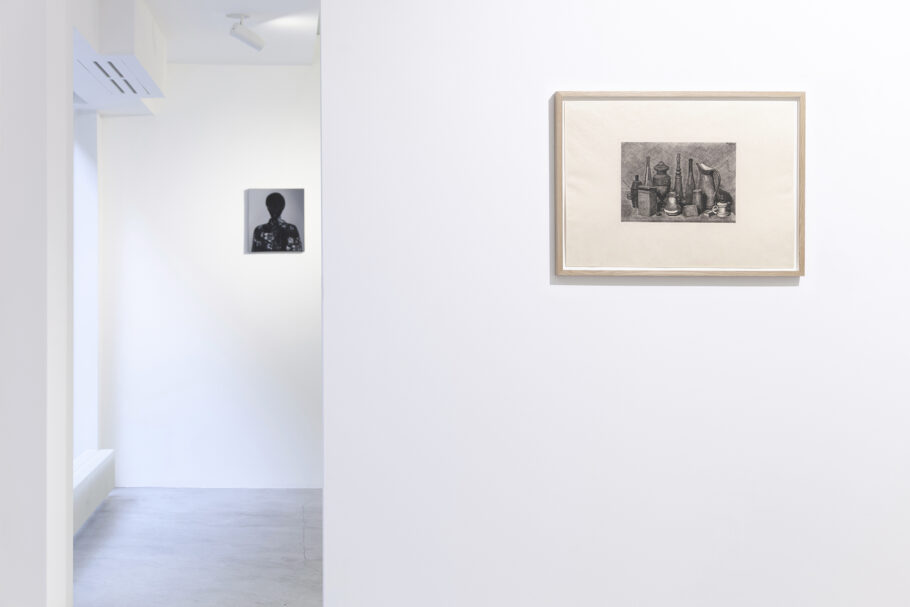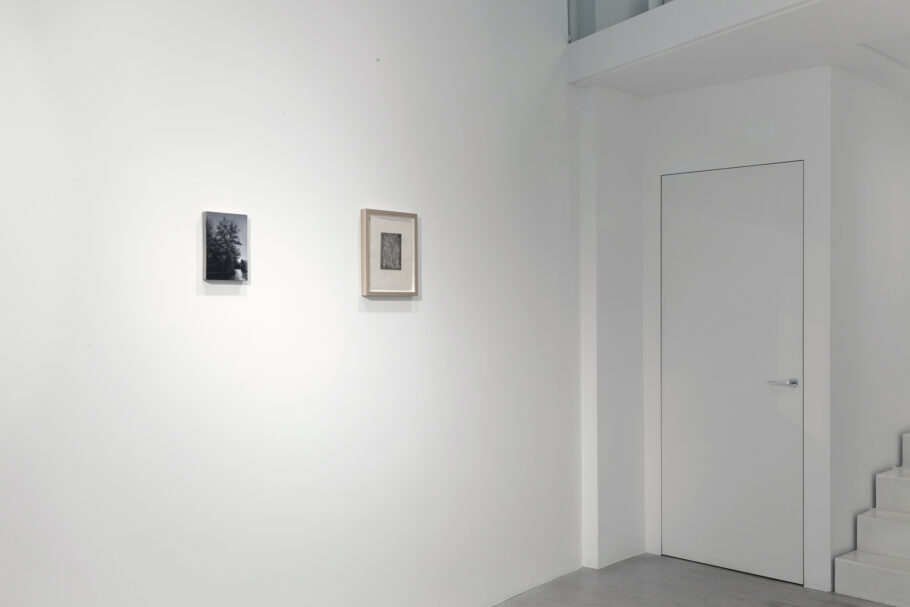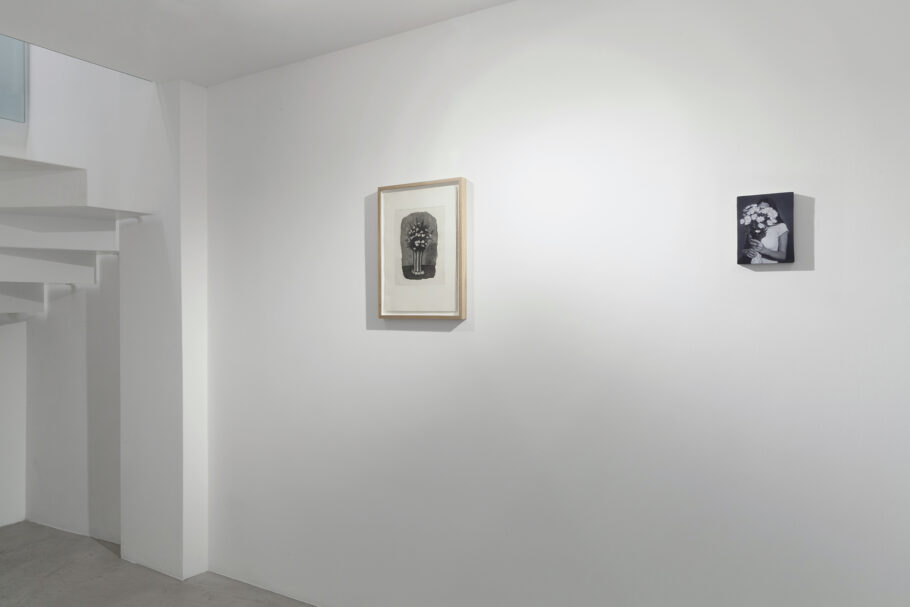Giorgio Morandi, Alain Urrutia
From 30 November 2023 to 16 February 2024
The exhibition presents a rarefied and understated dialogue between a selection of important engravings by Giorgio Morandi, dated between 1915 and 1933, and a new series of paintings by Alain Urrutia. In this ideal interaction between works, the starting point is painting as a mental thing, with its power to free itself from the naturalistic representation of objects in order to open up to the essence of things.
In fact, both artists create their works not by forging images that resemble something, but by constructing ideas through the semblances of the objects, which become membranes, diaphragms, boundaries, for opening the vision to hidden presences, figurative transpositions of states of mind, consonances and echoes within the world of images and the mystery they carry with them.
What do the images reflect? The question seems to be hovering from one work to the next: Morandi’s images exchange a corporeal quality for shadow and focus on the archetype, just as Urrutia’s paintings are left free to circulate in the flow of consciousness, anarchic in their absoluteness, including the unconscious.
The images therefore express their capacity for reflection, which is that of their two authors, never forgetting that, as Leonardo da Vinci wrote: “Painting is the greatest mental discourse”. In the work of these two artists, this also means giving a voice to the inexpressible, to what is not normally allowed to be seen. In Morandi’s case, it is the incorporeal quality of light that emanates from his masterly use of chiaroscuro in engraving, and which puts these works on the same level as painting, as Cesare Brandi already pointed out. The objects therefore emerge from their everyday semblance, as if the stone were extracted from the fruit, and acquire a truth that goes beyond their appearance. Similarly, albeit with a different expressive technique and an altered cultural horizon, Alain Urrutia knows how to push the boundaries of representation by painting absence, also through the reflection in a mirror, or a deserted pedestal of his sculpture, a figure from behind, the knot of a curtain or an hourglass in which time flows backwards.

